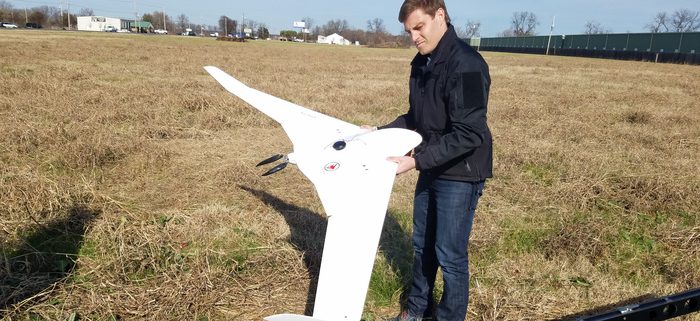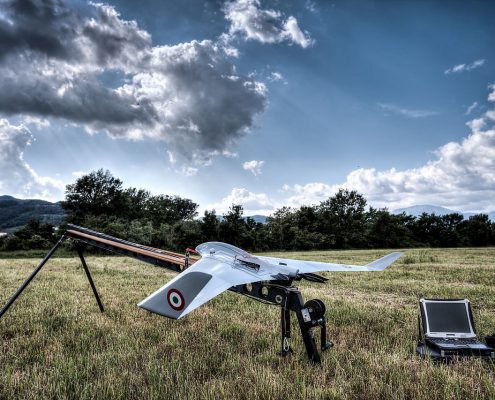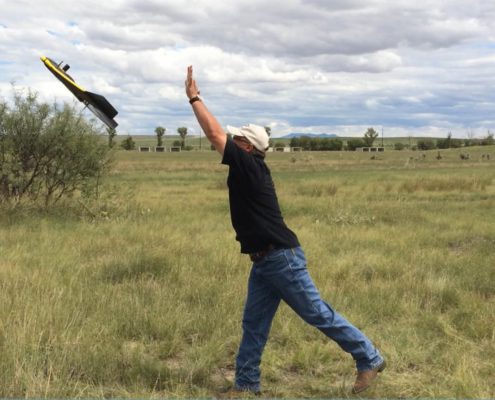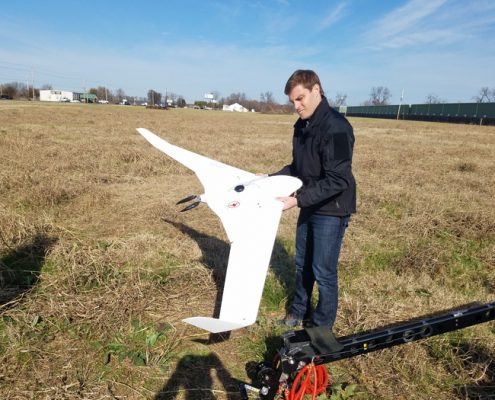Why Use a UAV for Oil and Gas Facility Inspections?
Oil and gas production, transportation, and processing is a high-stakes, high-risk enterprise. It only takes a single mistake to lead to substantial environmental damage — or human injury. Proactive maintenance and repairs are necessary to reduce these risks, protecting employees, the environment, and the business from harm. In this article, we’ll learn about the numerous benefits of using unmanned aerial vehicles (UAVs) for oil and gas facility inspections.
With UAVs, Inspections Can Be Conducted More Frequently
Conventionally, oil and gas facility inspections have to be done in-person, by an individual or individuals who need to inspect the entirety of the facility. Inspections are done either scheduled or whenever an incident has occurred. This can be prohibitively time-consuming and expensive, forcing oil and gas companies to complete their facility inspections only when required by law.
A major benefit to UAV for oil and gas is that inspections can be conducted more frequently, due to their naturally lower costs. Inspectors do not need to be on-site to use remote devices and they can inspect the entirety of the facility much faster. Faster, more frequent inspections will yield more thorough analysis and results, proactively finding potential issues and resolving them before they can become a safety or environmental hazard.
UAVs Can Respond To Emergencies Quickly
When a leak or spill does occur, it’s imperative that the organization respond quickly to mitigate the damage. Drones can be used to identify and report potential leaks and spills immediately, often able to identify the exact GPS location of the incident. The amount of damage done to the environment often relates directly to how quickly the incident was discovered. Modern UAV’s are also all-weather and can inspect no matter the situation.
UAV Inspections Can Cover Large Facilities Quickly
A UAV for oil and gas can cover a large facility from overhead quickly, rather than having to inspect the area from on the ground. Drones with sensors can “sniff” for potential warning signs, while high-resolution images can be inspected for any potential damage. Since they can go just about anywhere, UAVs ensure that no part of the facility is missed or overlooked, increasing the accuracy and usefulness of facility inspections as they are completed.
UAV Inspections Are Low Risk And Cost-Efficient
UAVs can be used to inspect areas that are potentially hazardous without the risk of injury or loss of life. On-ground inspections may involve environmental hazards, whereas manned aerial craft may experience flight issues and require a large team of staff. Due to this increase in safety and a decrease in necessary personnel, UAV inspections can easily cut costs.
Reducing the risk of damage and environmental hazards will ultimately cost a company much less, both in terms of insurance and damage costs and in terms of public reputation and scrutiny. UAV inspections alone may be able to save an organization a significant amount of money through a reduction in harmful incidents.
UAV Inspections Can Help In Building Customer Faith
There are few things as damaging to an oil and gas company than a poorly handled spill or leak. UAV inspections provide a visible effort that an organization is making towards improving the safety of their employees and the surrounding area. Overall improvements in the oil and gas company’s safety ratings will eventually lead to reduced regulations and more regulatory freedom throughout the industry.
Conclusion
UAV inspections are safe, accessible and cost-effective. Through frequent drone inspections, oil and gas facilities can be kept safer without having to invest in costly or disruptive in-person examinations. Drones provide another layer of safety against potential environmental damage, and they can be integrated with a network of sensors to create an oil and gas facility that can react to its own issues proactively. Through better technology, oil and gas companies will be able to improve the safety of their facilities and focus on optimization and revenue generation.







